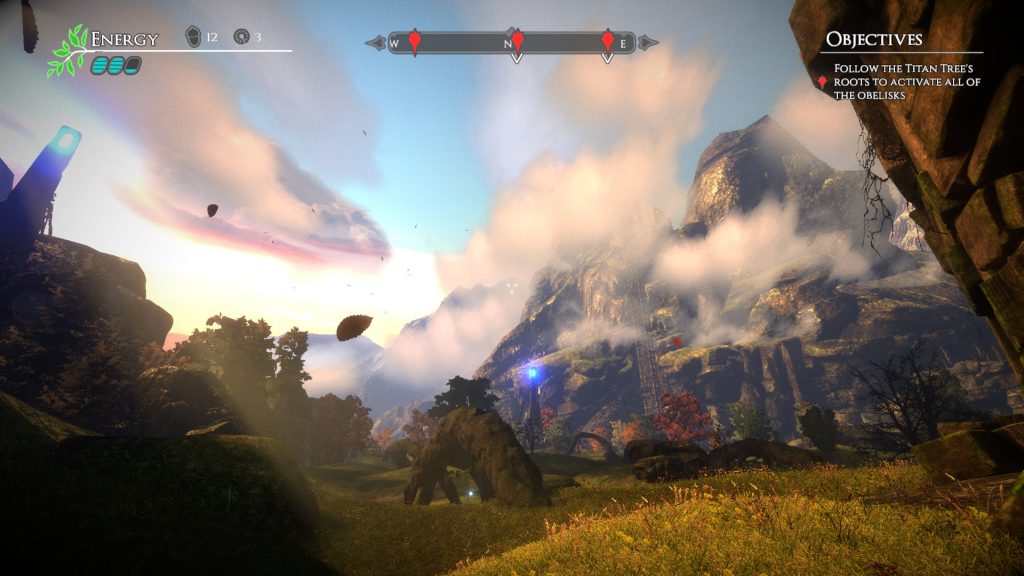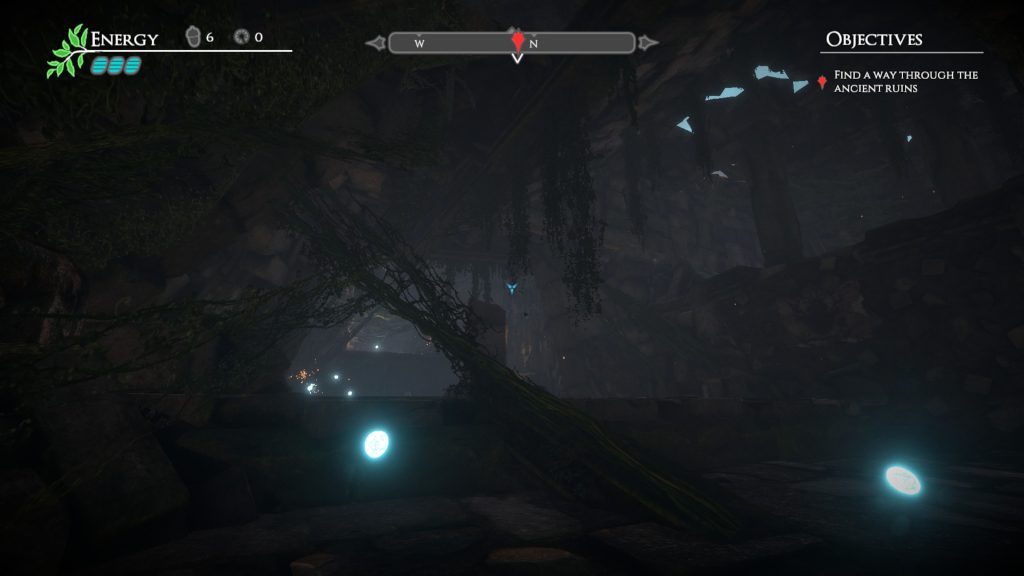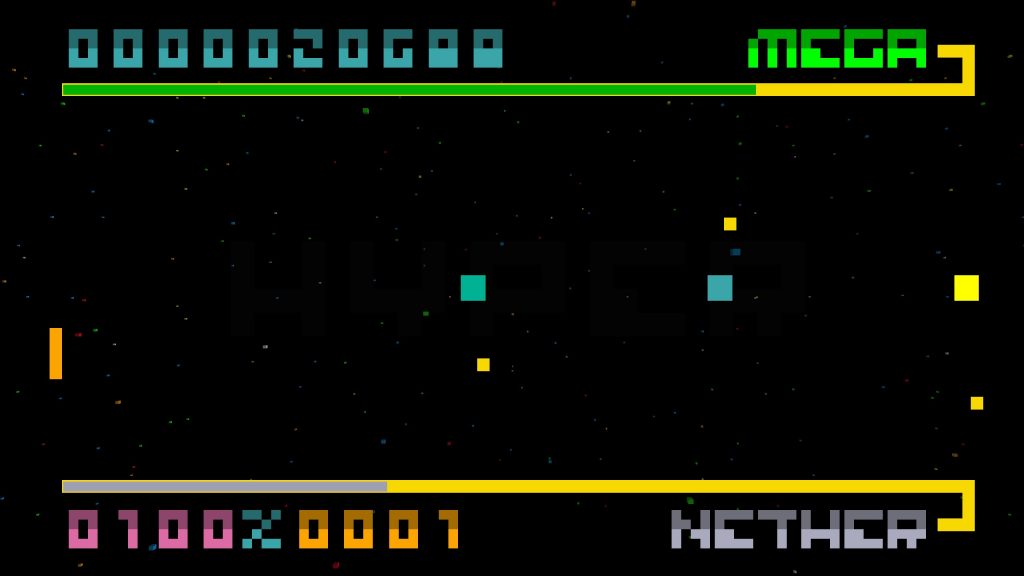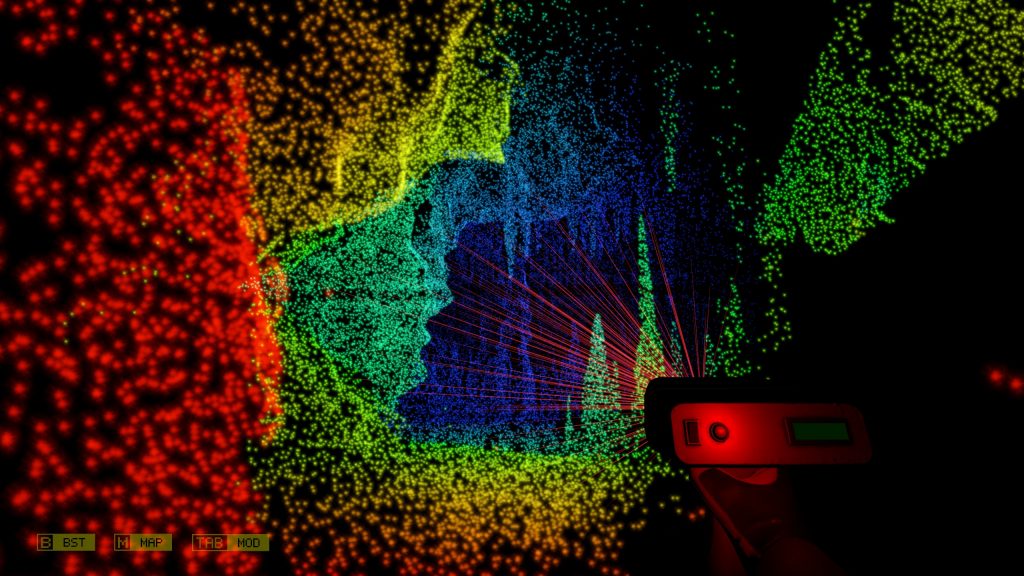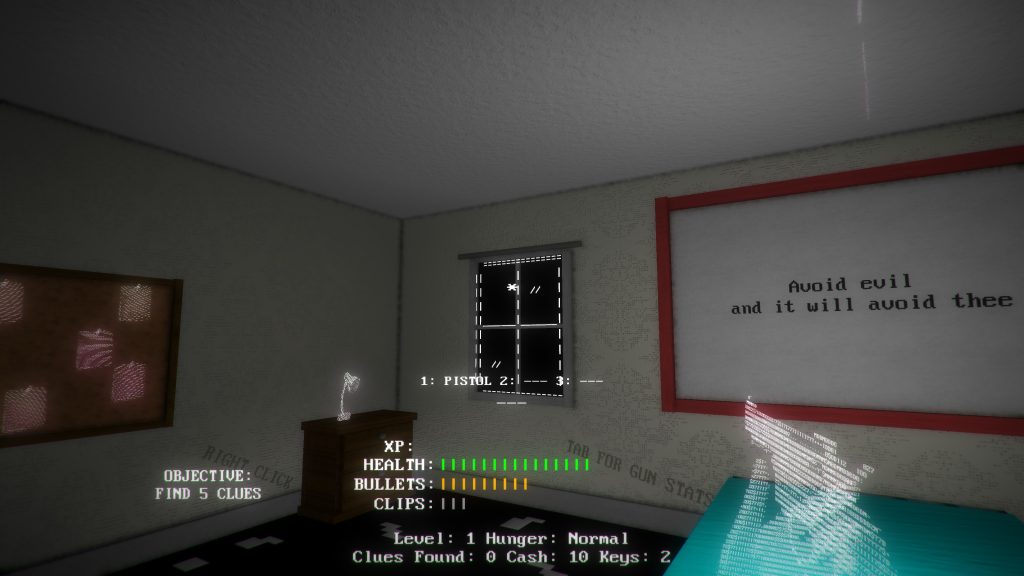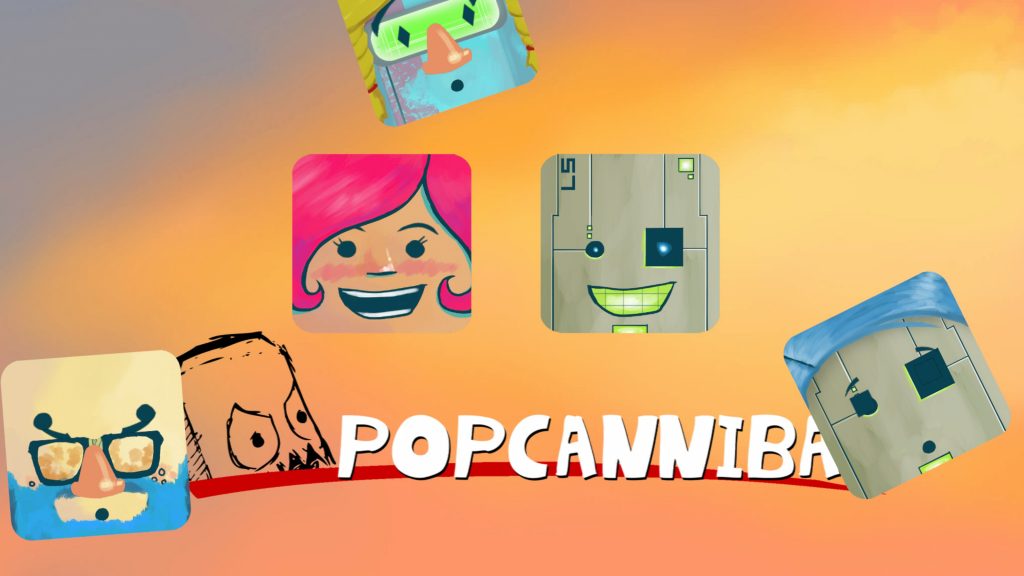In stark contrast to Valley, The Solus Project has a painfully slow walking speed (or I just shouldn’t have gone from Valley straight to The Solus Project). In the Solus Project, a sole survivor of a exploratory probe has crash landed on an unknown world. There’s a dead civilization and a not-so-dead one to explore, all the while trying to stay alive, stay warm (but not too warm), and get a message back to the colony ships. It’s very pretty, and there are a lot of things to like. Unfortunately, the tasks of staying alive become mere annoyances during a slow, ponderous walk to find seventeen parts for a communications array. I very much wanted to like this game, but in the end it is no more than a fetch quest.
Author: LepcisMagna
Valley
When it comes to running around at ludicrous speed, Valley gets it. Movement should be fun. If you have a massive level or open world game, getting from point A to point B should have roughly the same content density as your finely crafted sections. That usually means having a truly massive number of random little things (à la Skyrim) or increasing your movement speed and making moving the fun part. Valley chose the latter.
You are an archaeologist looking for the mythical “life seed” in the Rocky Mountains (you might not have a fedora and bullwhip right now, but you probably will soon). As all protagonists do, you ignore the buddy system and float a canoe hundreds of miles away from anybody else. Predictably, you crash. Also predictably, you find yourself in the long-lost titular Valley, next to a crashed military Jeep with an experimental L.E.A.F. suit that allows normal humans unbelievable power (high jumps and questionable immortality among them). It’s quite a bit of fun, spoiled only by the lack of a true open-world design and an energy mechanic that becomes less and less relevant as the game progresses.
A very spoilery aside with a mechanics change suggestion: the energy bits you pick up are later revealed to be the eggs of some creatures you find. It’s a strange twist – and I’m not sure why it exists, since it is tangential to the whole “blowing the world up is bad” narrative. The story wouldn’t suffer if it just wasn’t included. Along with this, I would also recommend a change to the energy mechanic: instead of collecting the eggs, the energy should just regenerate. In earlier stages there are enough eggs to keep you in energy all the time and in later stages you have enough energy stored that it doesn’t matter. It would make the “running on water” and “magnetic boot” upgrades a lot more interesting if they slowly drained energy rather than just happening.
Valley took me five hours to beat and then get bored of trying to find collectibles. Interestingly, I got bored of finding collectibles because the game was too easy to break. In your L.E.A.F. suit, you can jump very high and run very far in a short amount of time. For some reason, the level design doesn’t take this into account, so I found it incredibly easy to find myself out of bounds with two-dimensional trees and physics-less rocks. Because of this, it was awfully difficult to figure out when I was on the path of a new collectible or about to send myself through five minutes of wandering out of bounds.
Nevertheless, I had fun and there were a lot of good concepts. I wish that the game was designed so that the main plot was along the “path” that L.E.A.F. suit owners would normally find themselves as they go through training or check in to the government facilities, while the collectibles and such were scattered about a wide open Valley area – though I realize that would take quite a bit more resources.
FarSky
FarSky is a good game, but a short and flawed one. I can’t quite put it into Tier One because there’s just a few too many complaints.
You were on board your submarine when, for reasons unknown, it cracks apart into nine pieces and deposits you on the ocean floor near an abandoned research outpost. Your quest is to survive, find those nine pieces, and pilot your submarine back up to the surface.
Unfortunately, this is where the problems start. First, you’re 100m below the surface in a diving suit. You could just…swim (except there’s no swimming in this underwater game). You might argue that that wouldn’t help, since you’d still be stuck in the middle of the ocean. You be right, except that brings us to: second, you’re in radio contact with someone standing by to rescue you. When the premise of your game has this many holes, it’s hard to suspend disbelief.
But fine, let’s ignore the plot and just play the game – we’re supposed to be having fun, after all. And, on the whole, the game is fun. You mine for materials, craft upgrades and base expansions, and eventually you can set up automatic mining facilities (which is very, very nice). My only real complaints as far as game-play are the remarkably aggressive sea life (shark attacks don’t happen that often) and the length. All told, it took me two hours to complete everything. I had no particular motivation to start a new game or start survival mode, since there wasn’t much more to do. And sadly, I barely used the top tier gear before I was done.
But it was a fun two hours, so I put it into Tier Two.
BIT.TRIP BEAT
Scanner Sombre
My favorite professors were the ones who assigned papers that “are as long as they need to be to get your point across.” Or, in the words of Winston Churchill: “A good speech should be like a woman’s skirt; long enough to cover the subject and short enough to create interest.”
The Town of Light
There are walking simulators and then there are walking simulators. The Town of Light is an exploration of a mid-century sanitarium. It might have been an interesting, contemplative experience except for one thing – the thing that can be the downfall of any walking simulator: a slow walking speed.
I don’t think I’ve ever gotten out of my chair after playing a video game and thought “Wow! I walk so fast! It’s great!”. Certainly, I do like my DOOM “walking faster than Usain Bolt running” speed, but this is the first time I’ve actually felt like my brain was moving in slow motion because getting from point A to point B was so
painfully,
tediously,
laboriously,
ponderously,
excrutiatingly
slow!
Beyond that, there are even times that the limited control a walking simulator is taken away – you can’t actually turn around, you can’t even look away from the 20 degrees in front of you – which makes me wonder why it wasn’t just a cutscene. I do understand that this is meant to be an exploration of deep psychological issues, but the way to represent that would be to make your choices meaningless (turning around doing the dream-like running thing), not to pretend you still have control. And so I add another game to Tier Four – for reasons that were entirely preventable.
Neon Drive
Even if it is pretty, Neon Drive is just a prettier version of BIT.TRIP Runner. It has a few improvements – you get one free mistake and only rewind to the last checkpoint (of which there are more). But in the end, it’s just another game requiring perfection and no human creativity. Which is sad, because it has a fantastic aesthetic.
Too Many Games
I have too many games, and even trying all of them is turning out to be infeasible. Therefore, I am putting everything with a “Mixed” review or lower on Steam into Tier Three, sight unseen. Here is the list, in case I ever decide to come back to them to give them a fair shot:
Illuminascii
The promise of this game is pretty good: you are slowly waking up to a global conspiracy of some sort, in a 3D ASCII-inspired world. Unfortunately – unless I’m missing something – waking up consists of finding floating purple things and right-clicking on them. It’s…less than entertaining – just the same few pieces randomly placed again and again. I wanted to like this, but there just isn’t anything there. Tier Three.
Girls Like Robots
In Girls Like Robots, you must place girls, robots, nerds, cows, and more on a grid while keeping them happy on average. Girls like robots (as you might expect) and dislike nerds. Nerds dislike nerds, but like corners and girls. Robots like girls but no more than three at a time. Cows…have their own thing.
